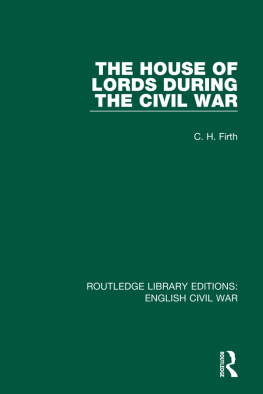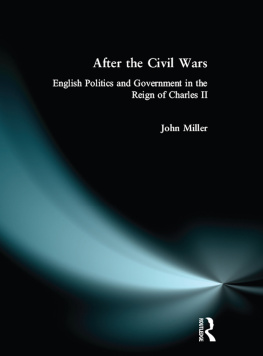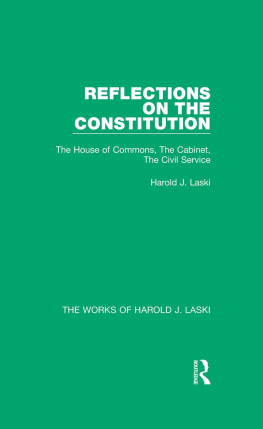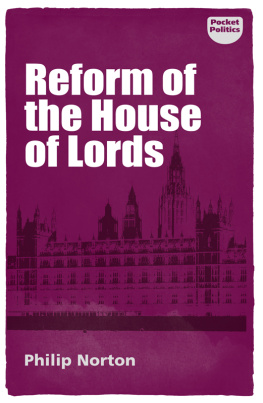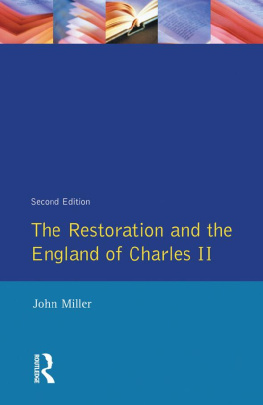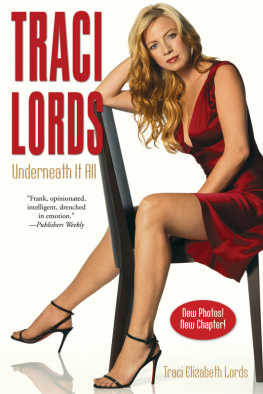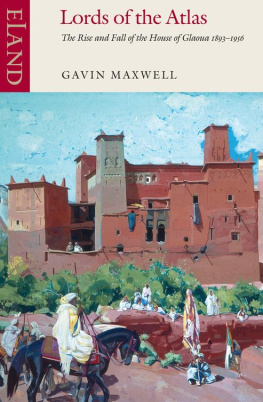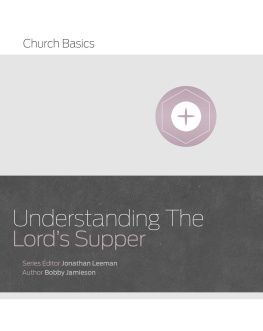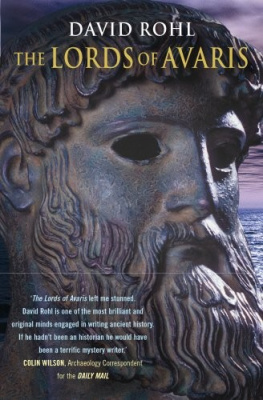First published in 1910. First published in 1974 by Methuen.
This edition first published in 2021
by Routledge
2 Park Square, Milton Park, Abingdon, Oxon OX14 4RN
and by Routledge
52 Vanderbilt Avenue, New York, NY 10017
Routledge is an imprint of the Taylor & Francis Group, an informa business
1910 C. H. Firth
All rights reserved. No part of this book may be reprinted or reproduced or utilised in any form or by any electronic, mechanical, or other means, now known or hereafter invented, including photocopying and recording, or in any information storage or retrieval system, without permission in writing from the publishers.
Trademark notice: Product or corporate names may be trademarks or registered trademarks, and are used only for identification and explanation without intent to infringe.
British Library Cataloguing in Publication Data
A catalogue record for this book is available from the British Library
ISBN: 978-0-367-60972-6 (Set)
ISBN: 978-1-00-310733-0 (Set) (ebk)
ISBN: 978-0-367-60898-9 (Volume 1) (hbk)
ISBN: 978-1-00-310246-5 (Volume 1) (ebk)
Publishers Note
The publisher has gone to great lengths to ensure the quality of this reprint but points out that some imperfections in the original copies may be apparent.
Disclaimer
The publisher has made every effort to trace copyright holders and would welcome correspondence from those they have been unable to trace.
PREFACE
Much of this book was written many years before the present controversy about the powers and the usefulness of the House of Lords arose. Parts of . are an abridgment of certain passages in The Last Years of the Protectorate. It seemed to me desirable, at the risk of some repetition, to put together a consecutive account of the political action of the peerage during the first half of the seventeenth century, and of the vicissitudes through which the House of Lords passed in those troubled times. Between 1603 and 1640 the peerage took an important, and at moments a decisive, part in the defence of the constitution against the Crown. Between 1640 and 1649 every kind of expedient was tried or discussed in order to make the policy of the Upper House conform to that of the Lowercoercion and purgation of the Upper House, restriction of the power of the Crown to create new peers, amalgamation of the two Houses, limitation or abolition of the veto of the Lords, and finally the abolition of the House itself. The next ten years proved the drawbacks of single chamber government and the difficulty of creating a new Second Chamber. I have endeavoured to let the actors in these events, and those who witnessed them, speak for themselves, and to set forth their opinions and arguments for the instruction of their descendants.
C. H. FIRTH.
Oxford,
September 29, 1910.
CHAPTER I
THE PEERAGE UNDER JAMES I AND CHARLES I
W HEN Queen Elizabeth died the peerage was a small but a powerful body. The House of Lords contained fifty-nine lay peers, and of those only eight had been raised to the peerage during the forty-four years of the Queens reign.
See the list of Elizabeths peers given by Sir E. Brydges in Reflections on the late Augmentations of the English Peerage, 1798, pp. 50104.
A convenient list is given in the Appendix to the 47th Report of the Deputy Keeper of the Public Records, 1886, pp. 96110.
Collins, Sidney Papers, ii. 87.
CHAP. I } 160325
The first titles bestowed by James might be fairly regarded as an attempt to discharge the debts of Queen Elizabeth, since they were conferred on men conspicuous for their services to her. The list was headed by Sir Robert Cecil, created in succession Baron Cecil of Essen-don (1603), Viscount Cranborne (1604), and Earl of Salisbury (1605). Sir Robert Sidney became a baron and subsequently Earl of Leicester (1618); Sir William Knollys, Sir Edward Wotton, Sir John Petre, Sir William Russell, and other old servants of the Queen were also raised to the peerage. There were restorations as well as new creations. Robert Devereux, the son of the Earl of Essex beheaded in 1601, was restored to his fathers title and estates. Henry Wriothesley, Shakespeares patron, regained the Earldom of Southampton forfeited for his share in Essexs conspiracy. Sir Henry Grey, grandson of the Duke of Suffolk beheaded in 1554 for attempting to raise Lady Jane Grey to the throne, was created Lord Grey of Groby. The title of Baron Saye and Sele was confirmed by patents to Sir Richard Fiennes, whose immediate predecessors had lost it by the discontinuance of summons to Parliament.
CHAP. I } 160325
Of the new creations made by James several fell to the lot of the lawyers. Sir Thomas Egerton became Lord Ellesmere (1603) and Viscount Brackley (1616), and his son, Earl of Bridgewater (1617), in fulfilment of the Kings promise of an earldom to the father. Sir Francis Bacon was made Lord Verulam in 1618 and Viscount St. Albans in 1621; Sir Henry Montague Viscount Kimbolton and Baron Mandeville in 1620; Chief Justice Sir James Ley became a baron in 1624. The list of barons included some soldiers, as Sir Henry Danvers (1603), Sir George Carew (1605), and Sir Edward Conway (1624); one skilful diplomatist in the person of Sir John Digby, who became a baron in 1618 and Earl of Bristol in 1622. There were many courtiers too; Sir Robert Cary, who had borne the news of Elizabeths death to James, became in 1622 Baron Cary of Leppington; Henry Rich, Baron Kensington in 1623 and Earl of Holland in 1624; Philip Herbert, Earl of Montgomery in 1605. There were even two poets, Fulke Greville, who became Lord Brooke in 1621, and Thomas Sackville, made Lord Buckhurst by Elizabeth, and Earl of Dorset by James in 1605.
CHAP. I } 160325
A critical examination of the peers created by James shows that nearly all of them were men of old family and large estates, who would have been held qualified for peerages in Elizabeths time. On the other hand Elizabeth had always required, not merely birth and wealth, but long and distinguished services to the state, as the indispensable condition for hereditary honours. James often omitted to exact this last condition, though it was in reality the most essential of the three. This omission caused less criticism than we might have expected. Contemporary opinion apparently held birth the most necessary qualification; at least it was most inclined to express dissatisfaction when that was lacking. Hence the ascendency of the Howards in the early part of Jamess reign caused neither surprise nor discontent. At the end of the reign of Elizabeth that family was rather under an eclipse, since Thomas, Duke of Norfolk, had been beheaded on Tower Hill in 1572 for plotting in favour of the Queen of Scots, and Philip, Earl of Arundel, had died a prisoner in the Tower in 1595 under suspicion of intrigues with Spain. However, there were still three Howards in the House of Lords: Howard of Bindon, Howard de Walden, and Howard of Effingham, the latter recently created by Elizabeth Earl of Nottingham. James began his reign by making Lord Howard de Walden Earl of Suffolk (July 21, 1603); next he created Henry Howard, younger brother of the late Duke of Norfolk, Earl of Northampton (March 1604); and restored Thomas Howard to his fathers earldom of Arundel (1604). At the same time, Theophilus Howard, Suffolks eldest son, and William Howard, Nottinghams eldest son, were both summoned to the House of Lords during the lives of their fathers; lastly, Thomas Howard, Suffolks second son, was created Baron Howard of Charlton and Viscount Andover in January 1622.

